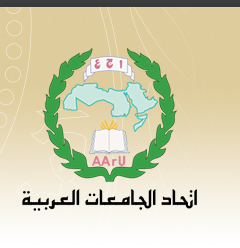Arab Journal of Administration المجلة العربية للإدارة
Abstract
The current study aims at issuing a governmental bond valued by the foreign currency. The bond is written out in local currency (on the basis of official exchange rate) and is paid back in foreign currency so that it would determine the interest rate of the bond on the basis of the difference between the interest rate of the local currency and that of the foreign currency. This will result in more flexibility for the financial and monetary policies to control the issuance of this type of bonds and to bring about stability in the general level prices and the exchange rate market, and trigger the work of the stock market as well as minimize the rates of dollarization in the Iraqi economy. As such, the monetary policy is viewed as a crucial tool that affects the constituents of the aggregate demand. It can also heavily affect the direction of the real economy. To achieve that, the monetary authorities are required to be well aware of and accurately estimate the timings of the effect of this policy on the basic variables of the macro economy. Herein lies the reason behind the choice of this topic side by side with its importance at the level of the macro economy (Stability of prices), The Ministry of Finance, The Public Debt Office (reducing the costs) and the Central Bank (minimizing the difference between the official and parallel exchange rates. Consequently, we are endeavoring through the issuance of this bond to boost the credit ranking to a higher level through minimizing international interests and discounts) on the basis of evaluating the risks. The valued bond is viewed to be able to pay the debt interests and as an important indicator of the credit efficiency through the execution of the financial obligations with regard to the foreign debts. This is added to the fact that the issuance of this bond that is valued by foreign currency will add unlimited flexibility to the exchange that suffices to boost public expenditure by a financial raising tool related to the return of the financial and monetary issuance (seigniorage). Such a procedure would result in an increase of the aggregate demand that is restricted by real interest rates so as to control liquidity rates and to keep the technique of transfer from the demand on the foreign currency to that of the local currency. By so doing, the economic policy will have tools that add more flexibility to finance the budget and reduce the rates of deficiency through coordination between the financial and monetary policies.
Recommended Citation
Ni’ma, Samir Fakhri Dr
(2018)
"The Bond Valued by Foreign Currency and the Issues of Achieving Stability in the General Level of Prices and Foreign Exchange: Iraq as a Case Study,"
Arab Journal of Administration المجلة العربية للإدارة: Vol. 38
:
No.
4
, Article 14.
Available at:
https://digitalcommons.aaru.edu.jo/aja/vol38/iss4/14

